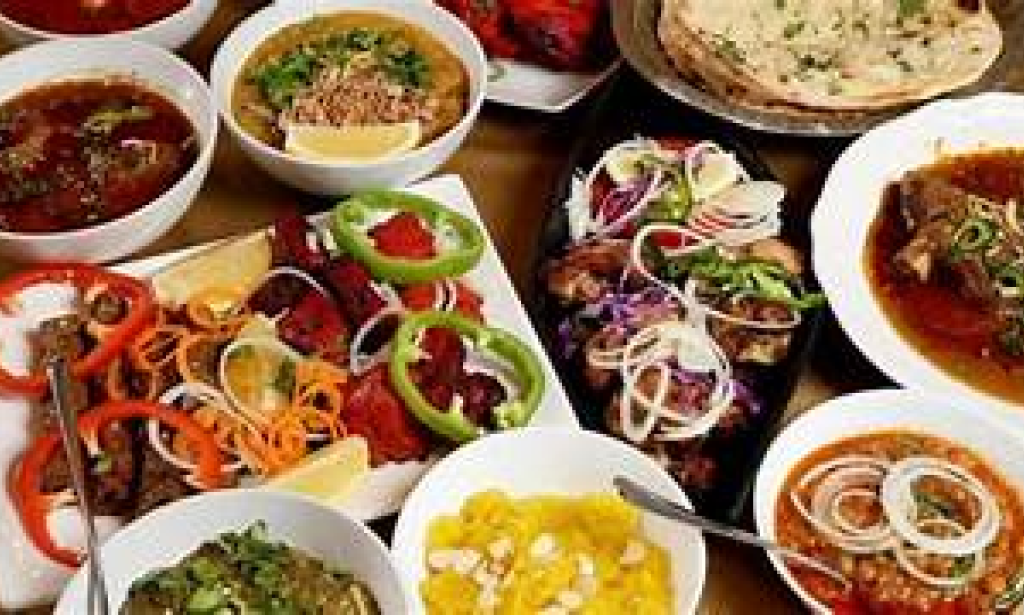
Pakistanis are a gastronomic culture. Food and snacks are a vital attraction and driving force in every event, from anniversaries to ceremonies, public meetings, public voting, religious gatherings, or niyaz culture.
Pakistani cuisine is essentially built on a bread diet, a typical Muslim or Central Asian diet in which bread is used to scoop the curry.
And believe me, we have a vast selection of bread to go with various types of curries. To name a few, naan, kulcha, paratha, roti, chapati, shermal, tandoori roti, taftan, double roti, and pao.
Sindhi and Punjabi cuisine is often spicier than those of other regions, such as Gilgit and Kashmir. Pakistani foodies are also meat lovers, and the Pakistani diet consists primarily of meat. However, due to economic constraints, daal and sabzi have become increasingly popular foods eaten by people of all socioeconomic backgrounds.
So, while a version of Karahi is a cherished cuisine throughout Pakistan, it is still an expensive food, but daal is more routinely and extensively consumed throughout the country, making it a stronger candidate for Pakistani National food.

Overall, Pakistani cuisine culture is a mash-up of different flavors, spices, and regional delicacies that represent the country's rich history and unique culinary heritage.


You must be logged in to post a comment.